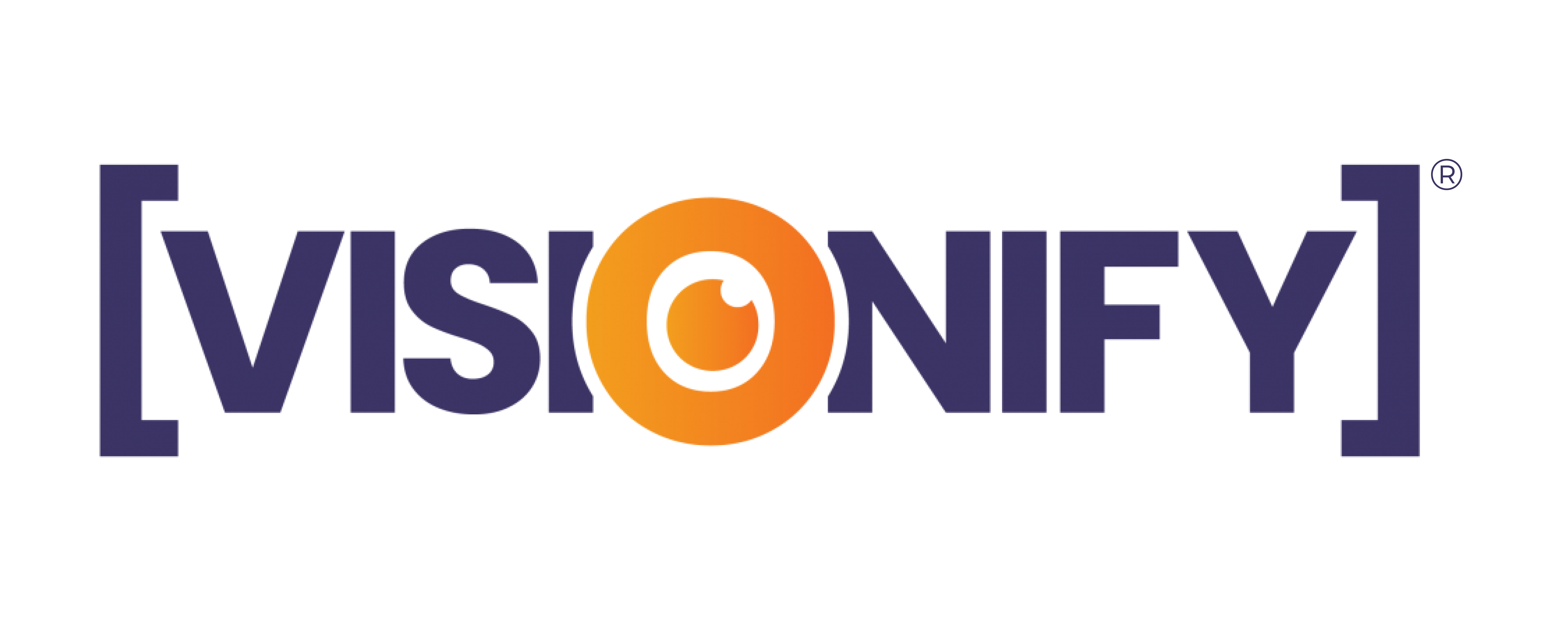Real-Time Suspicious Activity Detection
Highly trained Vision-AI models for suspicious activity detection
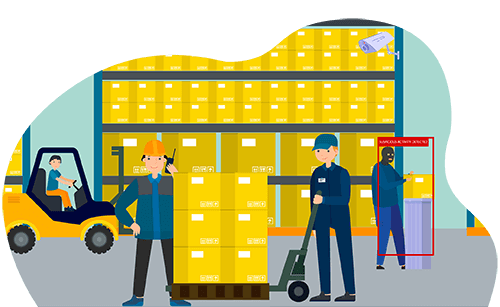
Highly trained Vision-AI models for suspicious activity detection

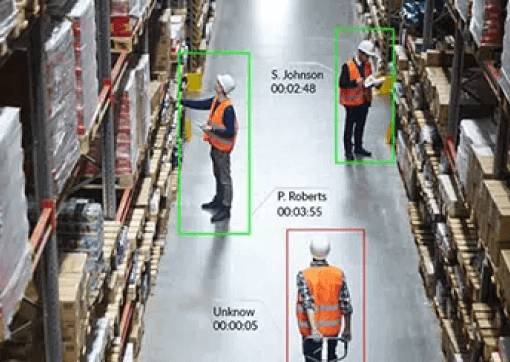
Immediate Deployment with Zero Additional Training. Seamlessly integrate into your existing systems while Prioritizing Security and Privacy on your Premises.
Post-deployment, our solutions evaluate elements such as lighting, brightness, contrast, and weather conditions. They perpetually monitor and self-tune to changes, guaranteeing heightened accuracy and precision.
Tailor-made models for your workplace that adapts to your business challenges. Designed to cater unique requirements, our team ensures you receive a solution that perfectly suits your environment.
Keep a pulse on your workplace with our advanced web app, a user-centric platform with intuitive interface that enables users to easily navigate and utilize our tools.
You can augment your existing camera infrastructure. No new Installation needed. Our solutions easily integrate with existing camera infrastructure providing an efficient and cost-effective approach.


Choose from our extensive library of over 60 prebuilt Vision AI apps to suit your unique safety needs. Each app can be effortlessly added to your existing camera infrastructure, providing immediate enhanced safety capabilities.
Configure alerts and notifications through our web-app and stay in the loop with real-time notifications of events. Our cloud-based platform ensures easy access to video feeds, enabling seamless incident management and efficient response times.

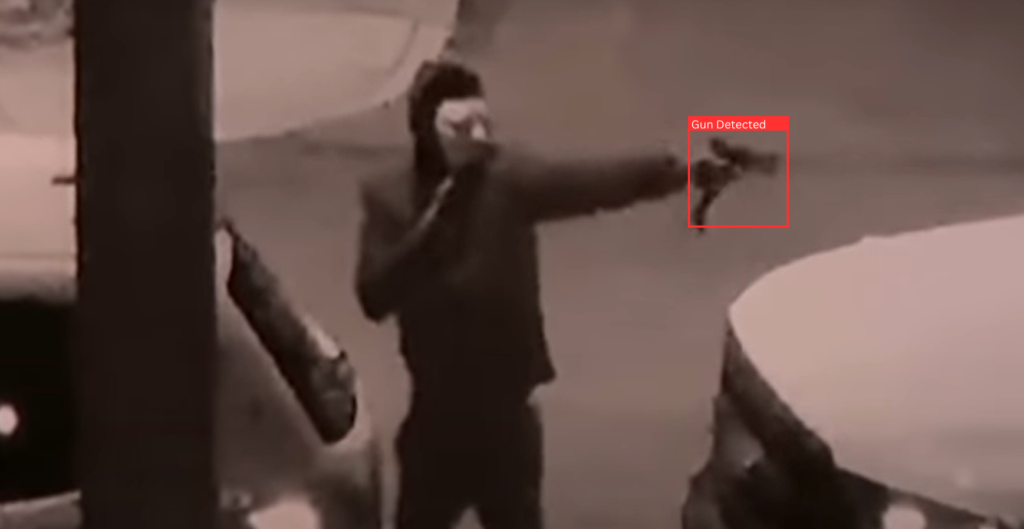
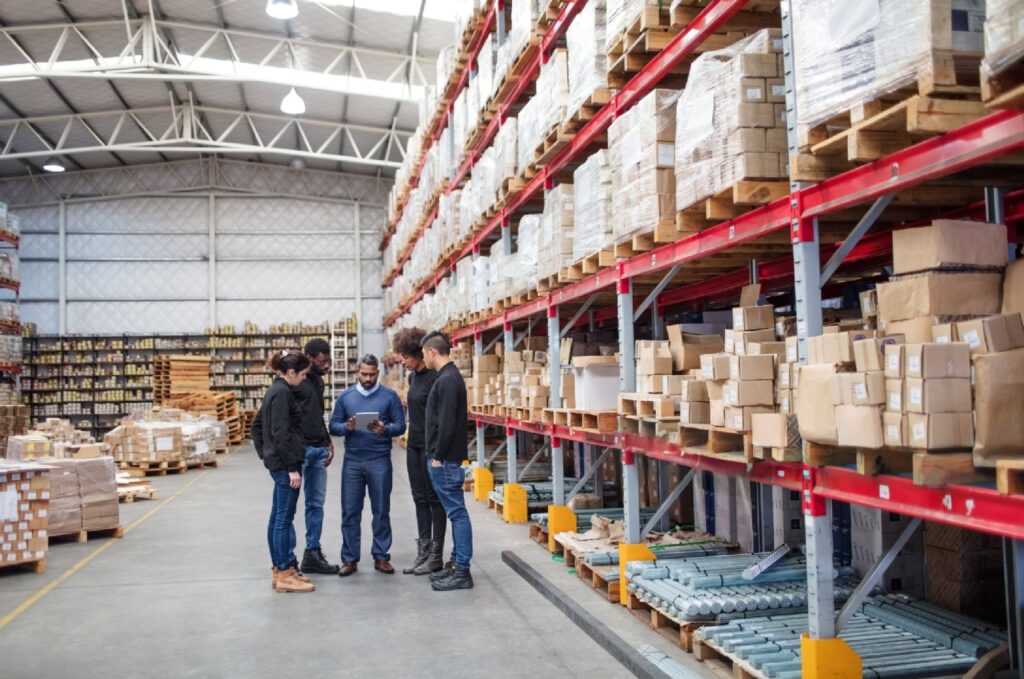
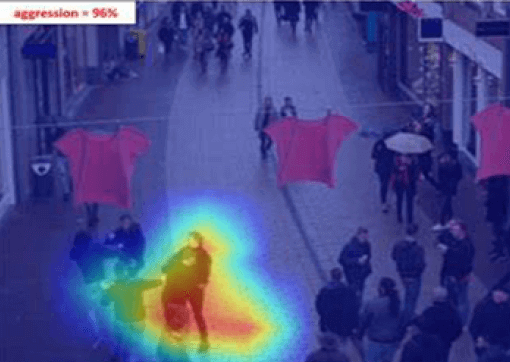

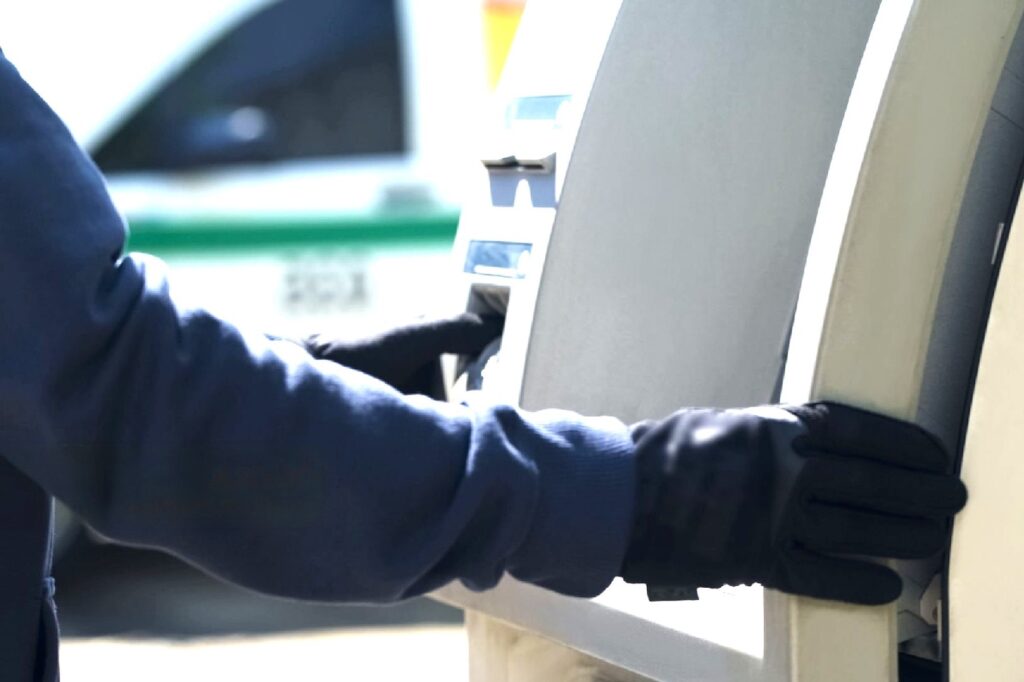
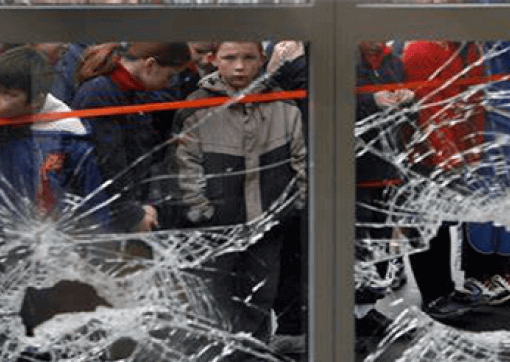
Learn more about
VisionAl Platform
Our VisionAI toolkit for workplace safety applications is built on state-of-the-art computer vision and deep learning technologies. It leverages several advanced deep neural network architectures as backbone and performs conventional ML applications such as Object Detection/Recognition, Keypoint detection, image segmentation, activity prediction and recognition. This enables our toolkit to accurately analyze video feeds in real-time, send out alerts and provide actionable insights for all scenarios.
We offer flexible deployment options to integrate the VisionAI toolkit into existing workplace safety systems. Our toolkit can be deployed on-premises, leveraging the computational power of local servers or can be embedded at the edge (in-camera). Alternatively, it can be deployed on Azure, taking advantage of the scalability and accessibility offered by Microsoft’s cloud platform.
With Visionify, it is easy to set up the defined area and predetermine what and how users receive alerts. As a result, you will get a detailed insight into various KPIs on your mobile app.
The pre-trained apps available in the VisionAI toolkit generally work out of the box. However, we also offer customized solutions tailored to your specific needs, provided as a consulting service through Azure Marketplace. Our team of experts can closely collaborate with you to tailor our VisionAI applications to address your unique requirements.
Yes, our VisionAI toolkit is designed to support seamless integration with existing surveillance camera systems. Our toolkit can communicate and trigger actions based on detected events or anomalies by leveraging APIs and standard protocols. This allows instantaneous responses like sending notifications via email or phone to relevant stakeholders.
At Visionify, we offer multiple solutions which find their application in several industries. Early fire detection, Leakage detection, Exclusion zone detection, Mobile phone detection, PPE detection, Slip and Fall detection, Smoking and vaping detection are some of the popular solutions organizations across industries implement.
Yes, the VisionAI toolkit is designed to be scalable and can be deployed in large-scale environments like industrial or manufacturing facilities where a high volume of data and many cameras or devices are involved. It can handle simultaneous processing from multiple cameras and support distributed architectures.
The computational resource requirement for running the VisionAI toolkit depends on various factors such as the number of cameras, video resolution, desired frame rate, and the specific applications in use. Our toolkit is optimized for efficient resource utilization, enabling real-time processing on capable hardware configurations. We provide detailed system requirements and guidance to ensure that your infrastructure meets the necessary specifications for seamless real-time processing and optimal performance.
Our object detection solution has three main components i.e., dual properties (object classification and localization), speed for real-time detection, and multiple spatial scales and aspect ratios.
Our engineers work on various algorithms such as CNN, Yolo v5, Faster R-CNN, Mask-RCNN, Deepsort, etc.
We used multiple tools and frameworks, including Pytorch, Yolov5, Tensorflow, and many more, as per the project requirement.
Copyright © 2022 – 2023 Visionify.ai
